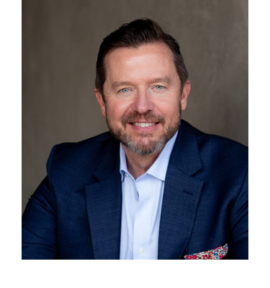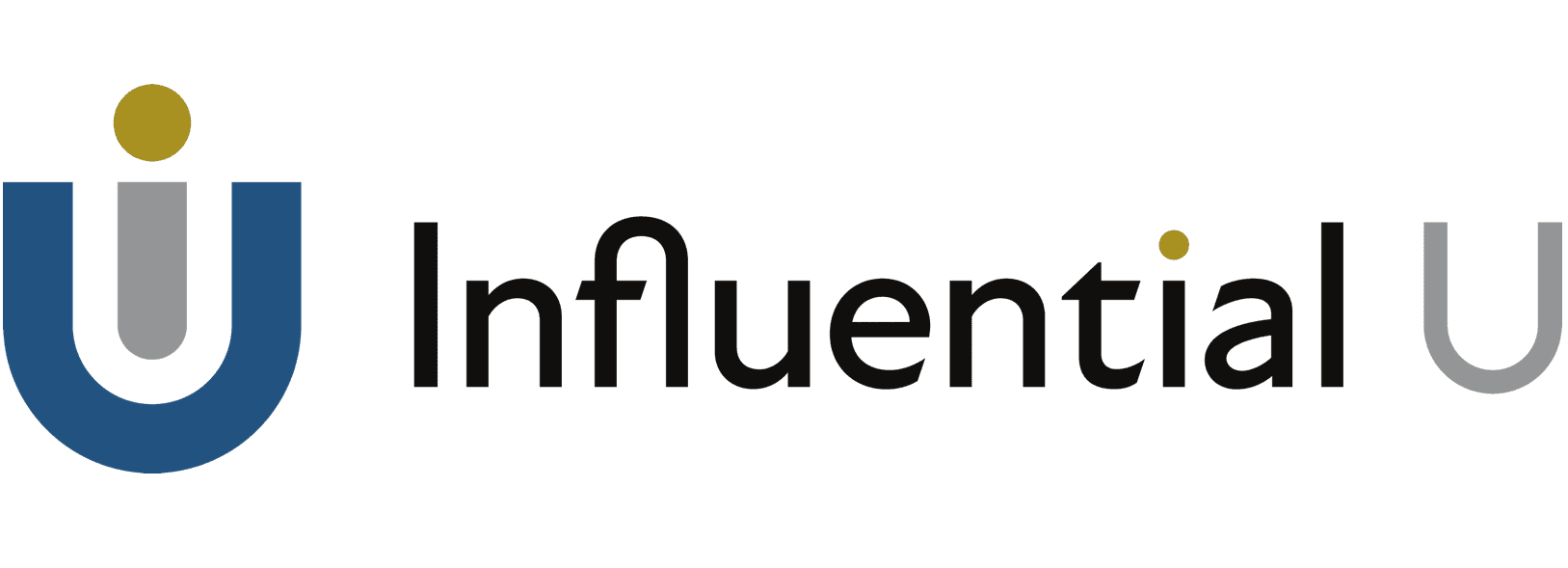When students apply for our programs, we often see, even in the most successful achievers, an imbalance in their lives. Perhaps they make a great income, but their health (stress, weight, fitness) is poor. Maybe they are so focused on one aspect of life, that they struggle to satisfy others. It isn't easy to create balance in our lives, but it is quite possible to be profoundly satisfied across many domains of our lives. Although there are no shortcuts, for work-life balance, we offer a how-to in 13 steps.
Work-Life Balance
A How-To in 13 Steps
When students apply for our programs, we often see an imbalance in their lives, even in the most successful achievers. Perhaps they make a high income, but their health (stress, weight, fitness) is lacking. Maybe they are so focused on one aspect of life that they struggle to satisfy others. It isn’t easy to create balance in our lives, but it is quite possible to be profoundly satisfied across many domains of our lives.
Although there are no shortcuts for work-life balance, we offer a how-to in 13 steps. These 13 Steps are a road map we use throughout our curriculum to help ambitious professionals direct their course of action.
Balance is the intersection of the competencies shown in the diagram below.

Step One: Articulate Your Aims for Each Condition of Life™
There are 15 unavoidable Conditions of Life™ that every human being must satisfy. These are unavoidable because we are social, linguistic critters and require meaning and one another for our very survival. The Conditions of Life™ are:
- Health
- Activity
- Career
- Money
- Relationship
- Education
- Sociality
- Ethics
- Knowing
- Fitness
- Aesthetics
- Environment
- Politics
- Legacy
- Spirituality/Self-Actualization
This post isn’t a tutorial about each condition; however, you MUST think accurately about each condition AND your specific aim for each.
We’ll use Money as one example. The assets and cash you require to live your ambitious life (until you die) is a number that can be calculated. First, take the amount of income you require each year to live your life to your satisfaction. What’s your number? Double that figure, then add a zero. This will give you a ballpark number for the capital you’ll require by age 65 to live until you die. If this amount is $250,000 annually, double is $500,000. Adding a zero, we get $5Million.
Once you arrive at this figure, you may see that you need to build new ways to achieve this – or – you may already be achieving this but seek more balance (more time to live your life as you see fit). You must Know Thy Aims is each Condition of Life™, think accurately, then build and maintain transactions to satisfy these. If any part is missing, you’re likely to find yourself out of balance or, worse, unable to live as you desire.
Note: To think accurately, GET HELP. If you already knew this stuff, you’d be doing it.
Step Two: Evidence the State of Mind of an Ambitious Adult and Prove Fitness
Continuing with the Money example above, you need to produce $5M by the age of 65. Perhaps you’ve got some ideas about how to build this resource (or maybe you don’t just yet). Are you fit to produce this income? How do you know? Do you have the ambition to accomplish this? If you do, will other conditions suffer? These are not simple questions to answer.
You’ll need to think accurately about each of the Conditions of Life™ otherwise, you are likely to produce struggle and imbalance. A puzzle needs to be solved here: how to produce $5M by age 65 while satisfying ALL your conditions. The Fundamentals of Transaction Program is a one-bite-at-a-time training through this journey.
You may have to tell the truth here. Some people WANT a life they have no ambition to acquire. For those with ambition, mediocrity is death.
Step Three: Demonstrate Accurate Thinking in General Knowledge
You are an offer of help that you exchange with the market to produce a living. This “offer of help” or “offer” is what we’ll refer to from here on. If you need to increase the amount of capital you have by age 65, you’ll need to increase the value of your “offer/offer of help.” If you’re already making the wages you seek and need to produce a more balanced life, you’ll still need to increase the value of your “offer/offer of help” so you can do so with less labor and time.
So, to increase the value of your offer of help, first think about the general knowledge you must demonstrate to those you need to say ‘yes’ to your offers to build the capital you require. If you don’t do this, they won’t listen (even if they pretend to). Find out what this general knowledge is and how to demonstrate it. If needed, acquire the additional education or specialists to close this gap.
Step Four: Demonstrate Accurate Thinking in Specialized Knowledge
Next, think about the specialized knowledge you must demonstrate to those you need to say ‘yes’ to your offers to build the capital you require. If you don’t do this, they won’t listen (even if they pretend to). Find out what this specialized knowledge is and how to demonstrate it. If needed, acquire the additional education or specialists to close this gap.
Specialization is smart transacting. Specialized knowledge is more valued than general knowledge. As you’ll want to increase the value of your offer, focus and concentrate (see Step Ten) your specialization wherever you can.
Step Five: Identify Personality and Transactional Behavior
We all know people who are naturally extroverted and others who are introverted. We are aware of people who are creative by nature and others who are more analytical. So how do these varied “types” apply to these steps?
Throughout most of human history, it has been posited that human beings generally fall into one of four basic personality or behavioral types or temperaments. The earliest record of this was written in 400BC by Hippocrates, who noted that the four basic temperaments of human behavior were:
Idea-Oriented, Theory-Oriented, Action-Oriented, and Fact-Oriented
You must understand the role both personality and philosophical orientation (or worldview) play in building highly valued and low-cost offers of help. Understanding these differences will support you in locating where you (and others) are best suited and how to accelerate results.
Many suffer as they are working in roles counter to their personality and philosophical orientation. This will automatically produce an imbalance.
Step Six: Articulate Solutions to a Substantial Breakdown in a Specific Ecology
Your offer of help is a solution to a problem, but for whom? If your answer is everybody, you have a problem.
Solution = your specialized offer of help
Substantial Breakdown = pain-points in multiple Conditions of Life™
Specific Ecology = a demographic of people who share similar breakdowns you can access at a low cost
This step is about clarifying your value proposition. If you miss any of these three elements, you’ll be working harder than you need to.
Step Seven: Specify Your Customer
Specifically, who should you target for your offers? What are their names? What can you find out about them?
Creating a work-life balance requires that you know who ARE and ARE NOT your customers. Stop wasting your precious time talking to customers, colleagues, and markets that aren’t a fit for your specific offer of help.
Step Eight: Invent the Transaction for Each Exchange
Can you draw a transaction? If you’re like most people, you’ll think of a point-of-sale moment where one person is exchanging money for goods or services. However, all transactions begin well before this. How do we get people sympathetic to our offer before they even experience it? Where does the transaction really begin?
Every transaction has eight exchanges. You know one of these eight exchanges well; the commitment or point-of-sale. But if we back this up, you will see that prior to commitment there was an intent (not yet consummated) whereby both parties conducted a meeting of the minds. Before this, an invitation was made to consider some specific possibility.
There are eight exchanges in a continuous cycle and it is likely you are only attending to half of them (or less). Transactional Competence™ is knowing these eight exchanges like the back of your hand. This competence is critical for those with lofty aims who know they influence every exchange.
Step Nine: Apply Ethical Influence for Each Exchange
Knowing each of the eight exchanges isn’t enough. You now need to apply one or more of the 7 levers of influence at each exchange. Levers of Influence is a term coined by Robert B Cialdini Ph.D. in the book, Influence, New and Expanded: The Psychology of Persuasion; the foundational and wildly popular go-to resource for influence and persuasion. The lever of influence are:
- The Principle Reciprocity
- Consistency and commitment
- Social Proof
- Authority
- Liking
- Scarcity
- Unity
Read the book, practice applying the levers, and watch the magic happen.
Step Ten: Apply Concentration and Focus
Once your transaction(s) is fully built, now you must do the work to focus and clarify. Validate and modify your assumptions through action. Concentrate your attention and activity by removing all the diluting elements. Make your offer of help specific, specialized, and unmistakable for your customer.
Step Eleven: Build and Expand Influence Ecologies and Cooperation
Influence Ecology is an abstract concept for our reciprocal, co-constitutive organism/environment relationship: We are organisms within the environments we influence and are, in turn, influenced by the environments we cannot escape. This is the very meaning of ecology.
Our ability to survive (and thrive) has always depended—and will continue to depend—on our competence to transact within the environments we occupy, build, or maintain. Social ecologies have an enormous impact on individuals and influence the results they can achieve. Some forward our aims and others are limiting. Influence, ideas, and practices spread from person to person, and your occupation and location in the ecology impact your life in ways you don’t even know.
Our members often compare the study we provide to the discourse and discipline of competitive athletics, whereby an Olympic hopeful purposely immerses him or herself in a group of highly skilled and ambitious peers. They know the influence, ideas, and practices of the Olympic ecology will help nurture them to elite performance.
Human beings are social animals, and we WILL succeed or fail depending on the social ecologies we occupy, build, or maintain.
For you and your offers to thrive, place yourself in the ecologies and environments that will help you succeed.
Step Twelve: Study the Environment and The Current
The Global Financial Crisis of 2008 or the 2020 Covid-19 Pandemic was an environment no one saw coming … well, almost no one. If you study the environment around you, you’ll find clues to what might be headed your way. Imagine building your $5M nest egg only to find it swept away by unforeseen circumstances. While no one has a crystal ball, you can observe the clues.
Go stand in front of a large shelf of magazines at a newsstand. Read all the headlines and ask yourself, what are the predominant narratives being sold here? If you do this often enough, you find these narratives are like waves on the shore; the tide comes in and the tide goes out. The Current can sweep you away if you don’t see it as a narrative being sold.
Step Thirteen: Plan for Inquiry and Reinvention
If you don’t plan for your own obsolescence, someone else will.
The final and most important step is to plan for continuous inquiry and reinvention of your offer of help.
Where value is concerned, unless you’re working to increase the value of your help, be certain the value is decreasing. What is specialized knowledge today, becomes general knowledge tomorrow. There is no permanence for those who seek to produce highly valued offers over time.
Conclusion
You must Know Thy Aims is each Condition of Life™, think accurately, then build and maintain transactions to satisfy these. If any part is missing, you’re likely to find yourself out of balance or worse, unable to live as you desire. For a deeper dive, the Fundamentals of Transaction Program is a one-bite-at-a-time training through this journey. The average personal income (during the first six months of participation) is 45% more than anticipated. In addition to tracking income increases, participants target and track one health aim (weight loss, fitness activity, etc.) and one money aim (debt reduction, savings, etc.). The average results in 2012-20 were 90% of target for health goals and 103% of target for financial goals.
An Education in Being Influential
Our curriculum begins with the Fundamentals of Transaction Program, a six-month course of study specifically designed to influence others, work less, and make more.

AUTHOR
John Patterson
Co-founder and CEO
INFLUENTIAL U
John Patterson co-founded and manages the faculty and consultants of Influential U global. Since 1987, he has led workshops, programs, and conferences for over 100k people in diverse professions, industries, and cultures. His history includes corporate curriculum design focusing on business ecosystems, influence, leadership, and high-performance training and development.



